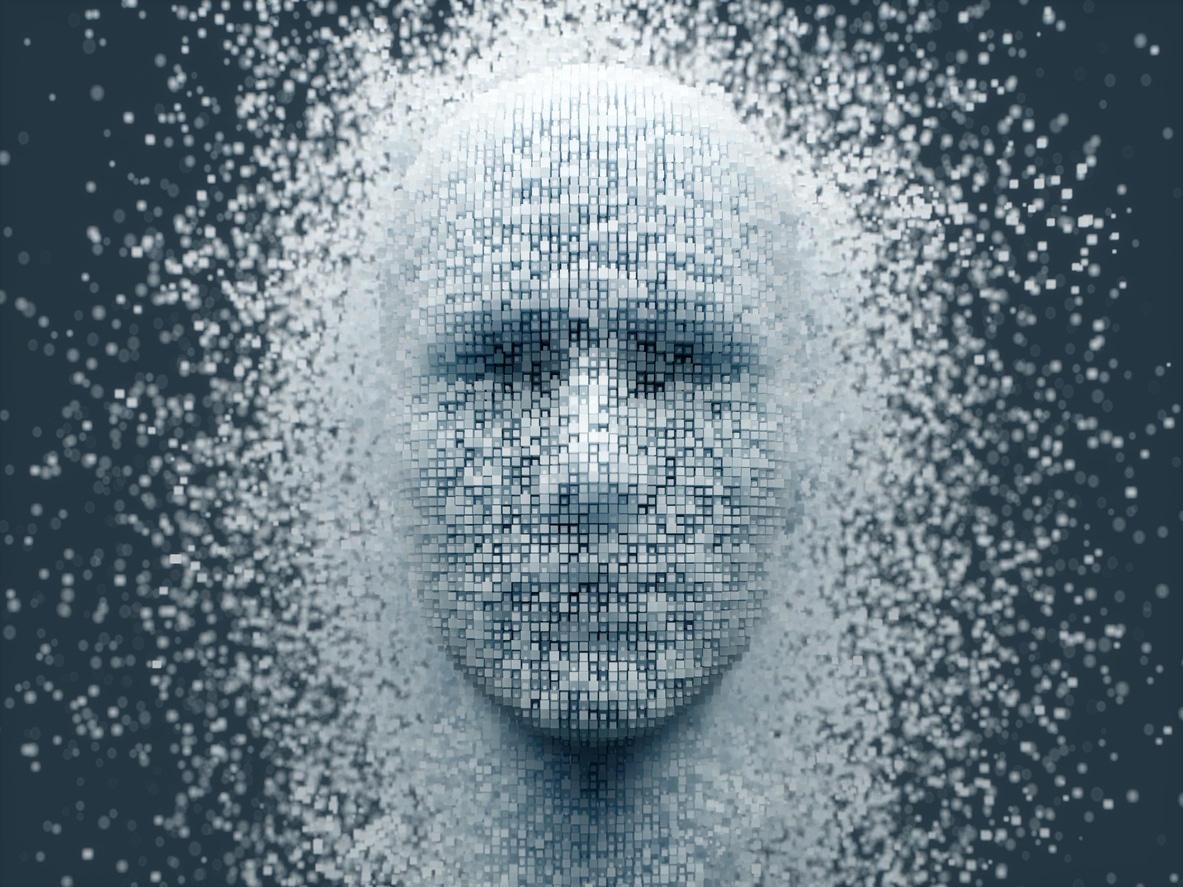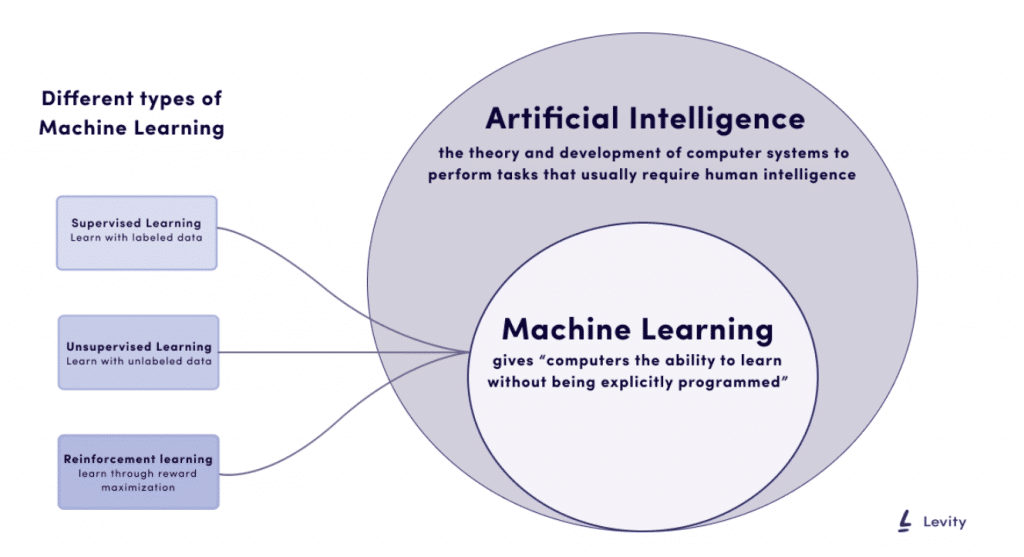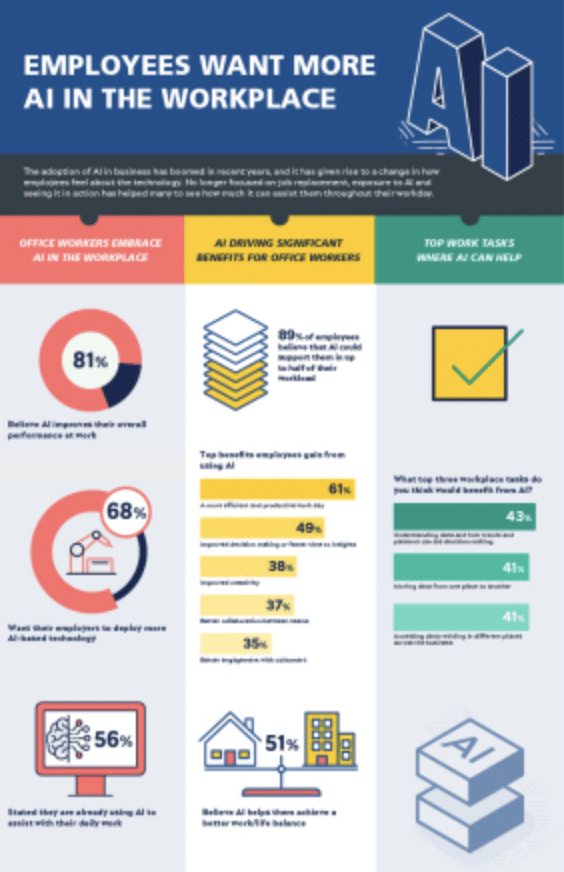Is AI Really Taking Over Desk Jobs in 2025?

White-collar professionals with desk jobs requiring college degrees or specialized training have traditionally felt insulated from the downsizing upheavals in manual labor and manufacturing brought on by artificial intelligence (AI) and other process automation technologies. However, in 2022 that sense of security has begun to erode. With new research revealing that AI and machine learning have been automating desk jobs faster than was previously predicted, many white-collar professionals now worry about AI taking over jobs in their industries.
Before the COVID-19 pandemic, new developments in AI technology had already started reshaping the office workspace. Then the pace of change snowballed on the heels of global shifts to remote work and e-commerce. Consulting firm McKinsey wrote a pre-pandemic report on the future of labor and AI in 2019, predicting that AI and process automation would replace 37 million US jobs by 2030. In 2021, the firm revised that projection to 100 million – an increase of 270%.
Understanding how AI and automation technologies will affect your industry and job security in the near future has become an increasingly legitimate concern for many professionals. In this guide, you’ll learn what AI is and what kind of jobs it is likely to affect.
Key Takeaways:
- New developments in AI technology have broadened concerns over job obsolescence from blue-collar manual labor to white-collar desk jobs.
- AI applications in business have varying effects on different kinds of jobs. In some cases, AI may be capable of replacing certain job roles altogether. In others, AI may enable office professionals to improve their performance and output by taking on the burden of necessary but rote tasks.
- In the context of desk jobs in 2022, the net effect of AI technologies is positive, enabling employees to accomplish more while simultaneously creating jobs.
What Is Artificial Intelligence (AI)?
The concept of AI in business applications has accumulated quite a buzz of anticipation in the business world in recent years. Business leaders have even proclaimed 2022 a banner year for new opportunities and developments made possible by AI. In casual conversation, talk of AI conjures a host of conflicting notions drawn from science and science fiction. To get a clearer picture, it helps to think about AI from both design and function perspectives.
- From a design standpoint, AI refers to computer and machine processes that mimic how human minds make decisions and solve problems. In contrast with automation, AI systems change over time as they consume more data. They learn.
- As applied to business and labor: AI technologies offload various tasks from human workers to machines.

The dynamic problem-solving aspect of AI encompasses a broad range of subfields in computer science, such as machine learning and deep learning. These fields consist of algorithms designed to enable the predictive functionalities of AI.
Do AIs Destroy or Improve Jobs?
In some cases, AIs and the devices they power can sufficiently imitate human decision-making and problem-solving to render obsolete the need for a human worker to perform certain sets of tasks altogether. In such instances, AI may take over a job role entirely. Early examples include human computers – people employed to manually perform calculations – switchboard operators and a considerable portion of bank tellers.
In other cases, AIs handle certain tasks within a traditional job role, freeing up time for workers to apply their attention to other tasks that exceed the capacity of the AI. As AIs can perform many repetitive, computational tasks orders of magnitude faster than human operators, AIs often enhance the overall capabilities of people in particular job roles, increasing their productivity. Examples of AI empowering job roles include mechanical engineers, healthcare professionals, and many traditional office jobs involving digital asset management.
AI and Desk Jobs in 2022
Because the desk jobs office professionals perform encompass a wide spectrum of tasks – from entry-level to highly credentialed and skilled – it is difficult to make broad predictions about the future of white-collar jobs in general. After all, such jobs include everything from basic data entry to literal rocket science. Nevertheless, identifying which tasks within defined job roles AIs cannot handle creates some visibility into the problem. While nearly all desk jobs include some rote tasks that can be offloaded to AI, very few jobs comprise only repetitive, AI-suitable tasks. A recent study combining data from the US Bureau of Labor Statistics (BLS) with estimates compiled by an AI operating the website willrobotstakemyjob.com found that 60% of white-collar desk jobs – which account for 86% of all jobs in the US – are less than 50% compatible with AI replacement.
Clearly, there is vast potential for AI to automate tasks office workers perform as part of their jobs. Nevertheless, most desk jobs fall into roles for which AI may actually improve overall performance by unburdening human operators from their more repetitive responsibilities. Even in cases where AI and automation can replace jobs entirely, the net effect on job creation tends to be positive. The World Economic Forum has recently published estimates that in the next four years, technological advances like AI will create 12 million more jobs than they will destroy.
How AI Technology Improve Can Improve Desk Job Performance

A 2021 survey of office workers found that 56% report already using AI in their daily activities, and of these, 89% believe it could handle up to 50% of their current workloads. Benefits from AI workers cite include:
- Increased productivity
- Reduced time to insight
- Improved creativity
- Better team collaboration
- Better customer engagement
Rather than taking over traditional office jobs, AI applications allow professionals to spend more time applying their skills and talents to the complex, non-procedural tasks AI can’t handle. Working in tandem with AI, employees can shift their focus from rote tasks and quotas to engaging with customers, collaborating with team members, and coming up with new ideas.
Scalable OCR Automation and File Routing with FileCenter
FIleCenter Automate provides comprehensive automated solutions for the scanning, converting, and routing paper documents. Automate enables advanced task scheduling, device monitoring and will automatically route and name newly detected files based on text content. If reading, scanning, and manually routing bulk documents is a time-sink in your office, Automate is the solution you need.
To learn more and select an appropriate edition, visit FileCenter today.


